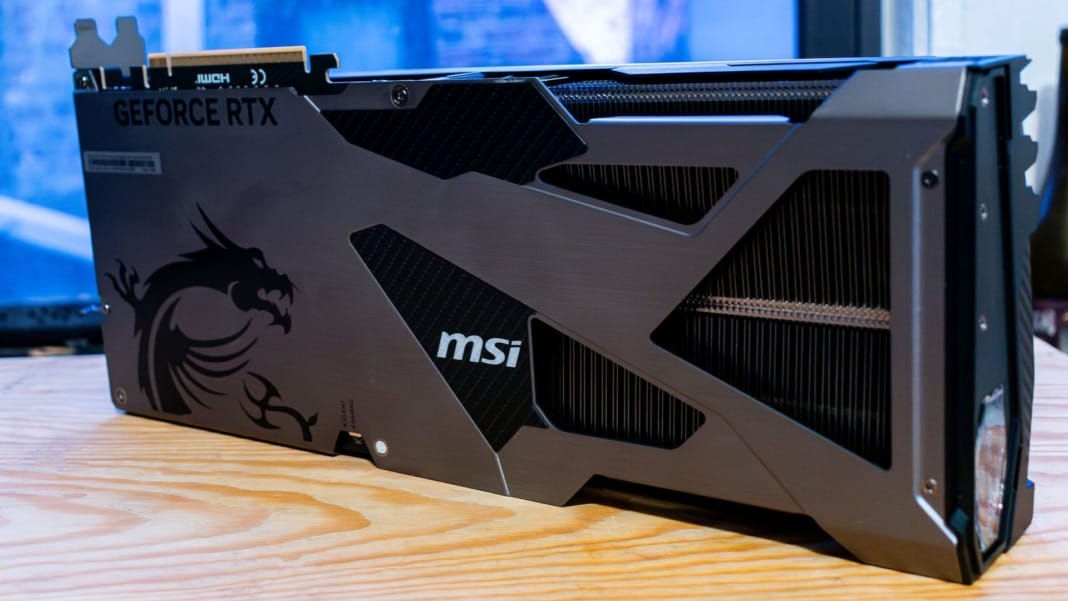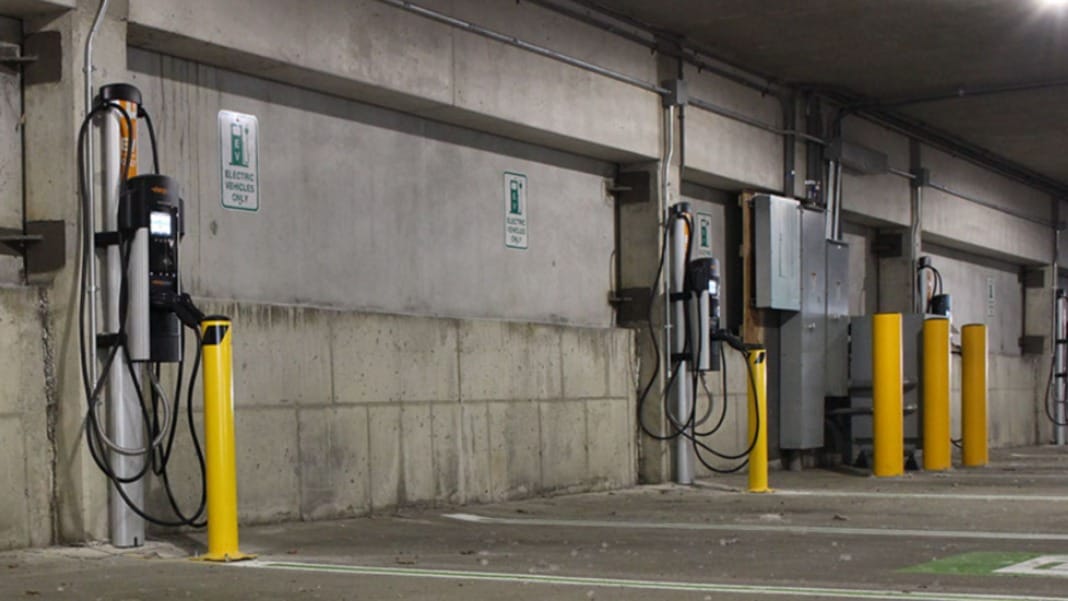Nvidia has confirmed that a small number of its RTX 5090, RTX 5090D, and RTX 5070 Ti graphics cards were shipped with missing render units. If your GPU is affected, you may be eligible for a replacement. This confirmation follows a report from TechPowerUp, which first highlighted the issue.
In a statement, Ben Berraondo, Nvidia’s GeForce global PR director, addressed the situation. He explained that less than 0.5% of GeForce RTX 5090, 5090D, and 5070 Ti GPUs were impacted by the issue, which resulted in one fewer ROP (Raster Operation Pipeline) than specified.
“The average graphical performance impact is 4%, with no effect on AI and Compute workloads. Affected consumers can contact the board manufacturer for a replacement. The production anomaly has been corrected,” Berraondo stated.
How does this impact performance?
Although the number of faulty GPUs is small, the issue is still significant for those who purchased one of these high-end graphics cards. The RTX 5090 series was already in limited supply, and a 4% drop in performance is not insignificant, particularly given their premium price. Some users who detected the problem have already shared their findings, confirming the missing render units.
This issue is just one of several concerns Nvidia has faced with its latest GPU lineup. There have been ongoing complaints about launch driver issues, including black screen problems that Nvidia is still investigating. Additionally, reports of melting power connectors have raised concerns among users and industry experts alike.
Which GPUs are affected, and what should you do?
Multiple Nvidia board partners, including Zotac, MSI, Gigabyte, and Manli, have reported the manufacturing defect. Even an Nvidia Founders Edition card was found to be missing ROPs.
If you own an RTX 5090, RTX 5090D, or RTX 5070 Ti, you can check whether your card is affected using the GPU-Z tool. This software verifies if your GPU has the correct number of 176 ROPs. If you find fewer than that, it’s recommended that you contact the board manufacturer to request a replacement.
Fortunately, Nvidia has corrected the production issue, meaning newly manufactured GPUs should no longer have this defect. However, for those who unknowingly purchased an affected card, it’s essential to check and take action as soon as possible.





